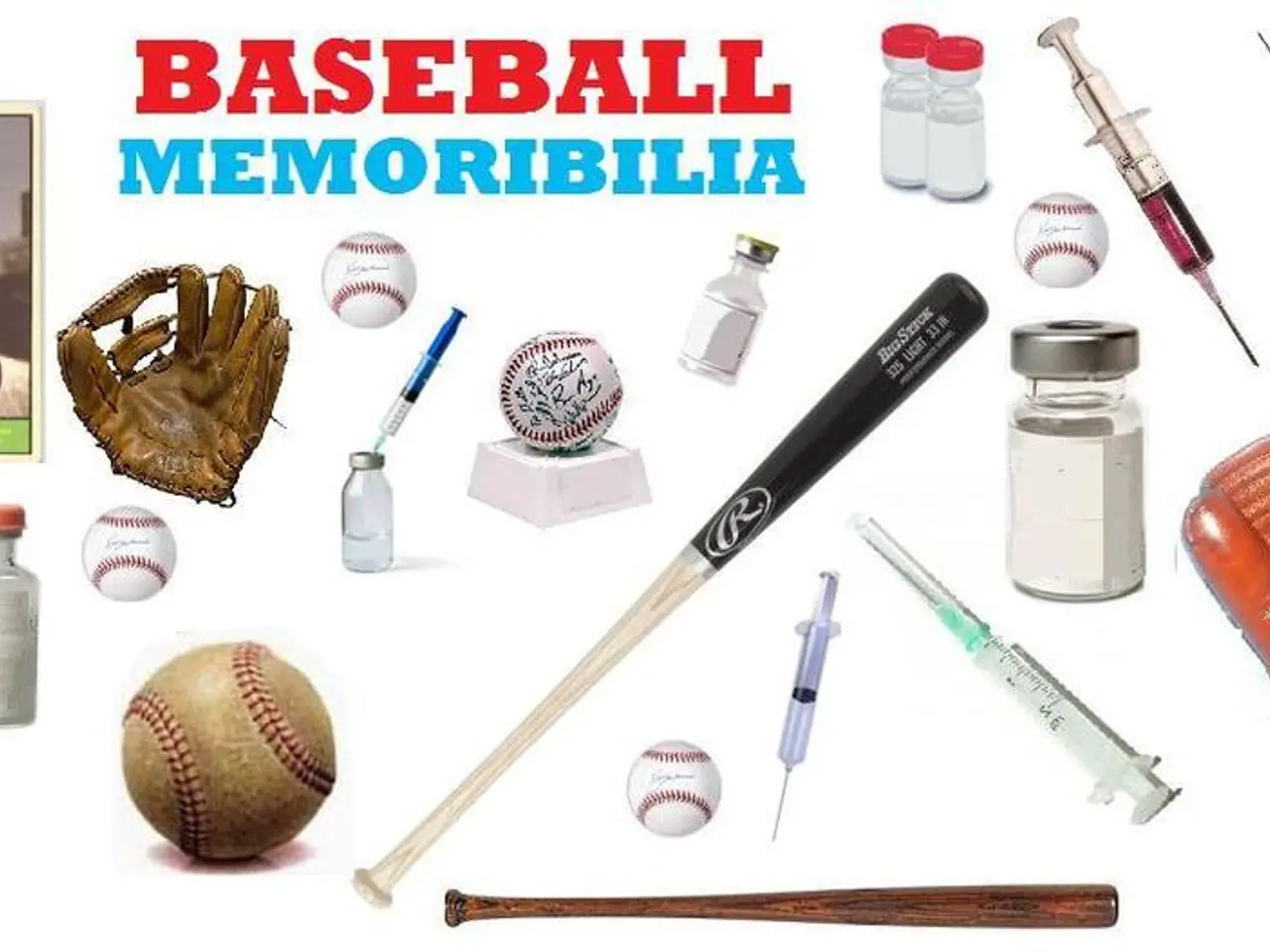Impact of Hand Grip Strength on Total Health and Enhancement Strategies
## The Link Between Grip Strength, Health, and Longevity
Grip strength—the force a person can exert with their hand and forearm—has become a significant, non-invasive marker for overall health and longevity, particularly in older adults.
### Grip Strength as a Predictor of Mortality
Large-scale, long-term studies consistently show that lower grip strength is strongly associated with a higher risk of death. For instance, one study involving over 12,000 adults aged 50 and above found that those with weaker grips had a 45% higher risk of dying during the 12-year study period compared to those with stronger grips [1].
Another review notes that each 5 kg decrease in grip strength is linked to a 16% higher risk of all-cause mortality and a 21% increase in cardiovascular mortality, independent of other health factors [2]. Some evidence suggests that grip strength may even be a better predictor of mortality and cardiovascular risk than traditional markers like blood pressure [2][5].
### Grip Strength and Chronic Disease Risk
Weak grip strength is associated with an elevated risk of several major health conditions, including cardiovascular disease, stroke, and heart attack [4][5]. This relationship exists partly because grip strength serves as a proxy for overall muscle mass and quality, which are crucial for metabolic health and physical resilience [2][5].
### Cognitive Health and Functional Independence
Beyond physical health, grip strength is also linked to brain health. Older adults with stronger grip strength tend to experience slower rates of cognitive decline [3]. The mechanisms may involve improved blood flow, reduced inflammation, and enhanced neuroplasticity—all benefits associated with regular physical activity and muscle maintenance [3].
Functionally, grip strength is essential for performing daily activities such as opening jars, carrying groceries, and getting up from a chair. Declining grip strength can lead to loss of independence, increased risk of falls and fractures, and higher healthcare costs [3][5].
### Grip Strength Across the Lifespan
Grip strength typically peaks around age 40 and declines with age, with medical conditions like arthritis, multiple sclerosis, or Parkinson’s disease accelerating this decline [5]. Sarcopenia (age-related muscle loss) is a major contributor to weakened grip and increased frailty in older adults [3].
### Preventive Strategies
Preventive strategies—such as regular strength training—can help preserve grip strength, thereby supporting independence, quality of life, and longevity [1][3].
## Summary Table: Health Outcomes Linked to Grip Strength
| Health Outcome | Association with Grip Strength | Evidence Level | |---------------------------|-----------------------------------------------|-------------------------| | Mortality | Higher in those with weaker grip | Strong, consistent[1][2]| | Cardiovascular disease | Increased risk with weaker grip | Moderate-strong[4][5] | | Cognitive decline | Slower with stronger grip | Emerging[3] | | Functional independence | Preserved with stronger grip | Strong[3][5] | | Falls and fractures | Increased risk with weaker grip | Moderate[5] |
## Key Takeaways
- **Grip strength is a robust, easy-to-measure indicator of overall health and longevity in older adults** [1][2][3]. - **Weaker grip is linked to higher mortality, cardiovascular risk, cognitive decline, and loss of independence** [1][3][4]. - **Maintaining grip strength through exercise may help preserve health, function, and quality of life as we age** [1][3][5]. - **Healthcare providers increasingly use grip strength as a screening tool in aging populations** [3].
In essence, a firm handshake in later life may signal more than just politeness—it could be a marker of a longer, healthier, and more independent future.
A higher grip strength is associated with better health, while a lower grip strength is associated with poorer health. Lowered grip strength is a sign of frailty and is associated with a high risk for dangerous complications. Keeping up a regimen of strength-training exercises is important to counter these effects. As you get close to age 50, these daily hand exercises become increasingly important. A lowered muscle mass makes it harder to exercise, leading to a sedentary lifestyle and a higher risk for frailty. Improving your grip strength is simple: Grab a racquetball or squash ball and start squeezing, aiming for twice a day for at least 10 minutes per hand.
- Grip strength, a measure of hand and forearm force, is a significant marker for overall health and longevity, particularly in older adults.
- Lower grip strength is associated with an increased risk of various medical conditions, such as cardiovascular disease, stroke, and heart attack.
- Weak grip strength also predicts cognitive decline in older adults, potentially due to improved blood flow, reduced inflammation, and enhanced neuroplasticity.
- Functionally, strong grip strength enables Independence in performing daily activities and may reduce the risk of falls, fractures, and higher healthcare costs.
- Grip strength typically peaks around age 40 and decreases with age, being affected by conditions like arthritis, multiple sclerosis, or Parkinson’s disease.
- Preventive strategies like regular strength training can help preserve grip strength, supporting independence, quality of life, and longevity.
- Healthcare providers increasingly use grip strength as a screening tool in aging populations to assess health risks and overall well-being.
- Maintaining good skin health, hearing, eye health, digestive health, respiratory health, and cardiovascular health may contribute to preserving grip strength.
- Embracing a holistic health-and-wellness approach that includes fitness-and-exercise, mental-health management, and monitoring for autoimmune-disorders and neurological-disorders can help promote overall health, including strong grip strength, as we age.




